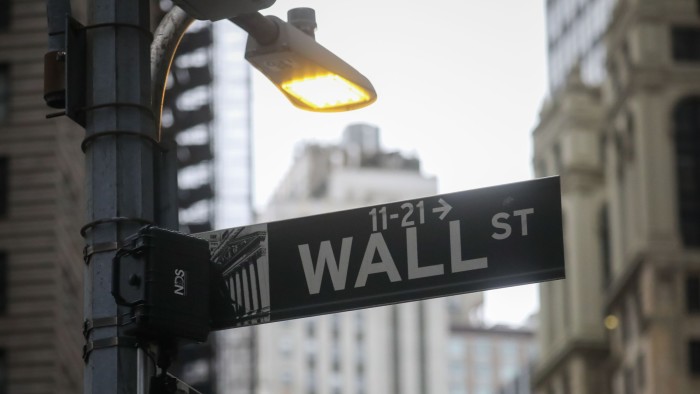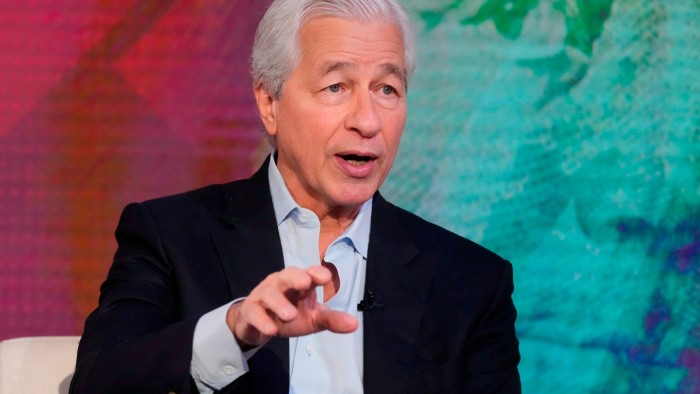The bond vigilantes are on the prowl

Stay informed with free updates
Simply sign up to the Sovereign bonds myFT Digest — delivered directly to your inbox.
The bond vigilantes are growling and baring their teeth, and authorities around the world (most of it, anyhow) are doing the right thing, and backing away. But the risk of bond wobbles spiralling in to a broader outbreak of nerves across markets is high.
From the US to the UK and Japan, bond investors are making it clear they are unwilling to be used as a low-cost cash machine for government spending for ever.
The circumstances for each country vary but the underlying force is the same: the world has changed. Inflation is higher, central banks are not soaking up bonds as they once did, and yet governments still want to borrow like it’s going out of fashion. Now, bond investors want to be rewarded properly for the risks.
The UK’s head of debt issuance, Jessica Pulay, said she would lean more heavily on short-term debt to meet the country’s financing needs, because borrowing costs on debt with a longer shelf life have become uncomfortably high — the effect of weaker investor demand.
If bond prices deteriorate further, analysts reckon the Bank of England could pull back on sales of debt that it accumulated after the Covid crisis.
In Japan, it is a similar story. Long-term borrowing costs raced higher last week after domestic investors, stung by unusually high inflation expectations and painfully high market volatility, balked at continuing to absorb debt maturing far out in to the future. Thirty-year yields shot to more than 3 per cent — their highest point in decades, reflecting a steep decline in the price of the bonds.
This is high drama in a national bond market known as a cure for insomnia. Again, the ministry of finance has restored a fragile calm only, reportedly, by suggesting that it too might skew new debt issuance on to the shorter term, so investors feel like they are taking on lighter risks.
In the US, the big thumbs down from the bond market came in the immediate aftermath of Donald Trump’s poorly-received so-called “reciprocal” tariffs in April.
With conspicuous timing, the president brought in a 90-day pause after the usual foreign buyers sat on their hands and refused to buy in to a normally rather routine auction of three-year debt. As Trump himself said, the bond market had become “yippy”.
Last week, the bond market struck again, providing patchy support to fresh 20-year debt from the US Treasury. The dollar dropped and bond prices fell in response — an alarming indication that investors are backing away from US risk at a time when the White House is seeking to pass a spending package that adds over $3tn to government borrowing over the next decade.
“Ultimately, there are only two ‘solutions’ to this problem: either the US has to sharply revise the reconciliation bill currently sitting in Congress to result in credibly tighter fiscal policy; or, the non-dollar value of US debt has to decline materially until it becomes cheap enough for foreign investors to return,” concludes Deutsche Bank’s George Saravelos. “Brace for more volatility.”
One reliable truism in markets is that deficits don’t matter until they do. Well, now they do.
Some context is useful here. Investors are not allergic to all borrowing. It is worth noting that Europe is spared this kind of hand-wringing, at least for now, as higher levels of borrowing, especially in Germany, are likely to stimulate growth while a stronger euro, buoyed by a search for alternatives to the dollar, will help keep inflation under control.
In addition, we are not even close to panic stations yet. “Oh no, here we go again,” laments Dario Perkins at TS Lombard. “If you are a macro doomster, there is no level of yields that will keep you calm,” he writes.
When yields fall, investors fret they are a signal of an impending recession. When they rise as they are now, he said, the mood shifts to “OMG fiscal crisis!” — a sentiment Perkins does not fully share.
This is a fair point. But it is clear that for a host of reasons in a number of key markets, bond investors’ patience is wearing thin, and the danger is that this leaks in to other asset classes.
Why bother buying stocks when bonds offer such generous returns? US stock markets, hopped up on demand from retail investors, are not reflecting this risk yet. But this year has taught us that sentiment can switch at speed. Do not be surprised if the snarling bond vigilantes take the blame for the next vibe shift.





